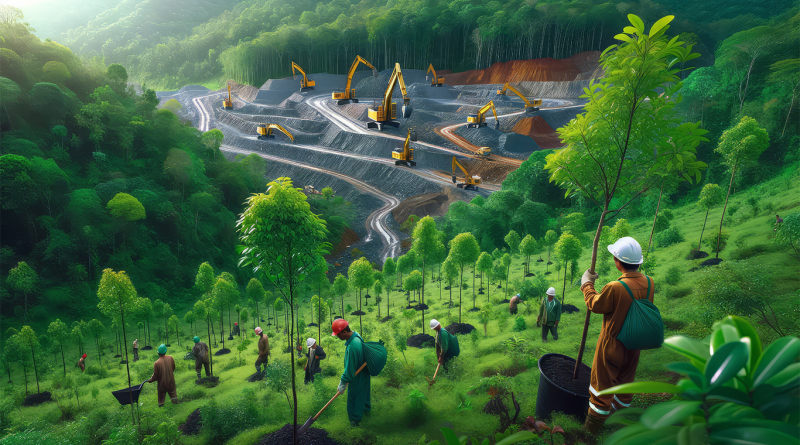Top 10 Sustainable Mining Practices for a Greener Future
The mining industry is critical for global development, providing essential materials for various sectors. However, traditional mining practices have significant environmental impacts. To address these challenges, sustainable mining practices are being increasingly adopted. These practices aim to minimize environmental damage, enhance social responsibility, and ensure economic efficiency. Here are the top ten sustainable mining practices that can shape a greener future for the industry.
1. Renewable Energy Utilization
Utilizing renewable energy sources like solar, wind, and hydropower can drastically reduce the carbon footprint of mining operations. Mines in sunny and windy regions are increasingly installing solar panels and wind turbines to power their activities, cutting down on greenhouse gas emissions.
2. Water Management
Effective water management involves the recycling and treatment of wastewater to prevent the depletion of local water resources. Advanced filtration systems and closed-loop water circuits are now being used to reduce water consumption and contamination, ensuring that mining activities do not adversely impact local ecosystems.
3. Waste Reduction and Recycling
Implementing strategies to reduce waste production and promote recycling within mining operations is crucial. This includes reprocessing tailings to extract remaining minerals and utilizing waste rock for construction purposes, thus minimizing the volume of waste and promoting a circular economy.
4. Land Reclamation
Post-mining land reclamation involves restoring mined land to its natural state or repurposing it for agricultural or recreational use. Techniques such as soil restoration, reforestation, and the creation of artificial lakes ensure that mining sites do not leave a lasting negative impact on the environment.
5. Biodiversity Conservation
Protecting local flora and fauna by creating wildlife corridors and implementing biodiversity action plans helps preserve ecosystems affected by mining activities. These plans include measures to avoid habitat destruction, support species relocation, and monitor biodiversity health.
6. Greenhouse Gas Emission Reduction
Adopting low-emission technologies and practices, such as electric vehicles and equipment, significantly reduces greenhouse gas emissions. Innovations like hybrid and electric mining trucks, as well as improved fuel efficiency measures, contribute to a lower environmental footprint.
7. Sustainable Supply Chain Management
Ensuring that suppliers adhere to sustainable practices and promoting the use of sustainably sourced materials helps create a more responsible mining industry. This includes strict auditing of supply chains and prioritizing suppliers with strong environmental and social governance (ESG) practices.
8. Community Engagement and Development
Working closely with local communities to understand their needs and ensuring that mining activities provide economic and social benefits is crucial for sustainable mining. Community development programs, fair compensation, and transparent communication build trust and support for mining projects.
9. Environmental Impact Assessments (EIA)
Conducting thorough EIAs before starting mining projects helps identify potential environmental risks and develop strategies to mitigate them. EIAs ensure that mining operations are planned and executed with minimal harm to the environment and local communities.
10. Innovation and Technology
Investing in new technologies, such as autonomous mining equipment and remote monitoring systems, can improve efficiency and reduce the environmental impact of mining operations. These technologies enable precise extraction processes, reducing waste and improving safety.
Adopting sustainable mining practices is essential for the industry’s future. By integrating these practices, the mining sector can significantly reduce its environmental impact while fostering social and economic benefits. The shift towards sustainability not only ensures compliance with increasing regulations but also builds a resilient industry capable of thriving in a resource-constrained world.
